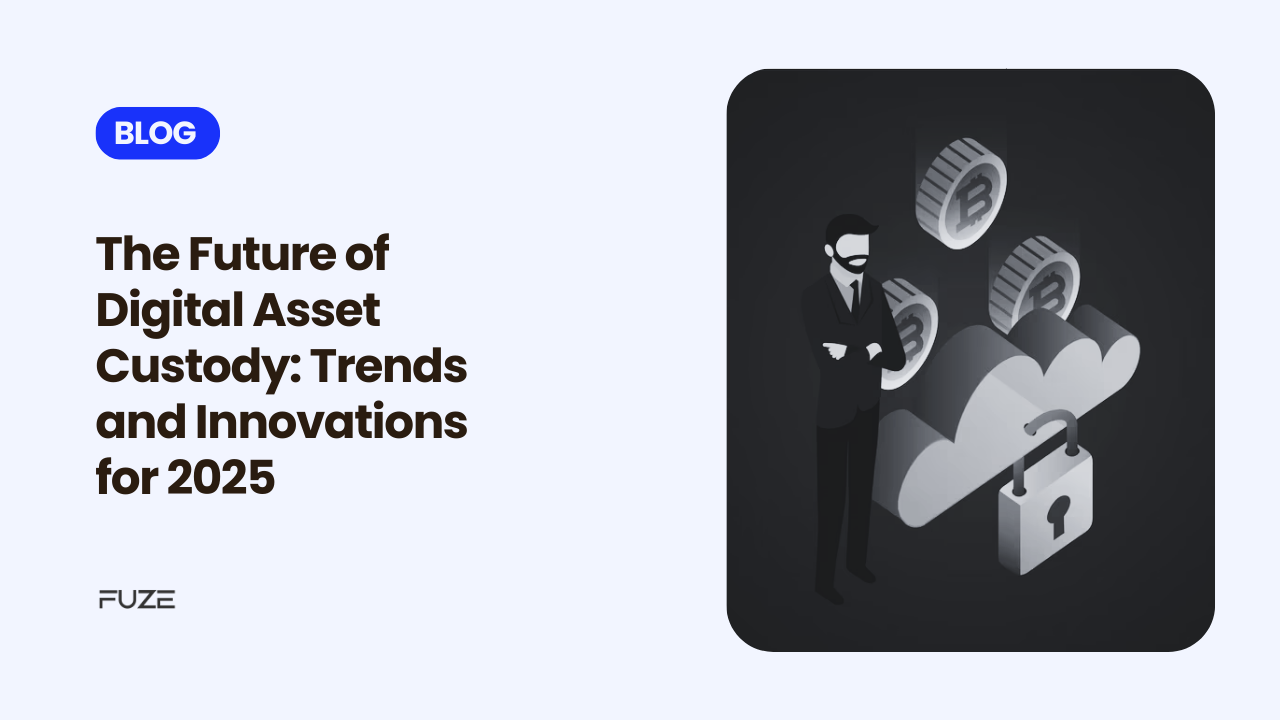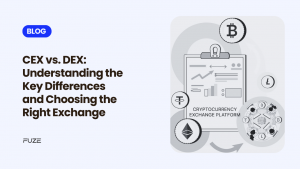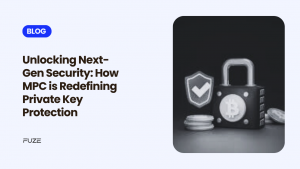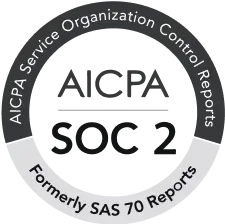As we step into 2025, it’s essential to reflect on the transformative milestones of 2024 and their implications for the future of digital assets. The previous year marked a significant turning point for the cryptocurrency sector, highlighted by the introduction of Bitcoin exchange-traded funds (ETFs). This not only boosted institutional adoption but also laid the groundwork for a more inclusive and vibrant digital asset landscape. Such increasing participation highlights the need for strong and secure custody solutions to safeguard and efficiently manage virtual currencies.
As the cryptocurrency market evolves, digital asset custody is experiencing a significant transformation, influenced by technological progress, changing regulatory environments, and the rising demand for scalable and efficient solutions. In this blog, we explore the trends and innovations that are shaping the future of digital asset custody and setting the stage for enhanced trust, accessibility, and widespread adoption in 2025.
- The Expanding Institutional Adoption of Digital Assets
Institutional investors are increasingly incorporating digital assets into their portfolios, ranging from cryptocurrencies to tokenised real-world assets (RWAs). A 2024 survey showed that 42% of institutions have increased their digital holdings; this reflects a stronger commitment to digital assets. Hedge fund participation has also increased significantly, with about half of traditional hedge funds investing in cryptocurrencies, up from 29% the prior year. Among these, 33% of hedge funds expressed their intent to further invest in cryptocurrencies. This trend would reflect a continuously increasing need in custody solutions toward the ability of managing a range of portfolios efficiently with asset-type diversity.
Why it Matters:
As institutional investments continue to grow, custody solutions must evolve to fulfil the needs of this new wave of adoption, providing exceptional security, compliance, and operational efficiency.
- Rise of Multi-Asset Custody Platforms
As the variety of digital assets continues to expand, encompassing cryptocurrencies, stablecoins, tokenised securities, NFTs, and even Central Bank Digital Currencies (CBDCs), the need for custody solutions that can handle multiple asset classes is becoming increasingly important. By 2025, multi-asset custody platforms are expected to be standard, allowing institutions to manage their holdings more efficiently and with better oversight.
Key Features of Multi-Asset Platforms:
- Support for tokenised assets and real-world assets (RWAs).
- Smooth integration with DeFi platforms and decentralised applications (dApps).
- Cross-chain interoperability for managing assets across various blockchains.
Why it Matters:
The rise of tokenised financial instruments, like bonds and equities, is fueling the demand for custody solutions that can effectively bridge traditional finance and blockchain technology.
- Emphasis on Advanced Security Protocols
As cyber threats evolve, security remains a fundamental aspect of any custody solution. Innovations in 2025 are aimed at staying one step ahead of malicious actors by utilising state-of-the-art technologies such as:
- Multi-Party Computation (MPC): This technique involves splitting private keys into several shares that are distributed across various locations, ensuring that no single point of exposure exists.
- Post-Quantum Cryptography (PQC): This approach is designed to safeguard against the potential risks posed by quantum computing, which could undermine current cryptographic algorithms.
- Artificial Intelligence (AI) for Threat Detection: By harnessing AI, institutions can monitor transactions, identify anomalies, and address risks in real time.
Impact:
Organisations are increasingly focusing on custody solutions that provide these advanced security measures, thereby reducing risks and protecting their clients’ assets.
- Integration with DeFi and Web3 Ecosystems
Decentralised finance (DeFi) and Web3 are quickly changing the landscape of financial services. By 2025, custody solutions are set to evolve, allowing institutions to access these ecosystems in a secure manner.
Innovative Features Include:
- DeFi Staking Integration: This feature will enable institutions to stake their assets directly from custody platforms.
- NFT Custody Services: As NFTs gain traction as a valuable asset class in institutional portfolios, secure storage solutions will be essential.
- Seamless Wallet Interoperability: This will allow for easy interaction with Web3 dApps while maintaining high security standards.
Why It’s Crucial:
Institutions are eager to engage with DeFi and Web3 opportunities but want to minimise associated risks. Custody solutions that provide secure access to these ecosystems will be in high demand.
- Regulatory Evolution and Compliance Standards
The regulatory landscape for digital assets is changing quickly. By 2025, custody providers are prioritising adherence to both regional and global compliance standards.
Key Regulatory Developments to Watch:
- Licensing frameworks for digital asset custodians in regions such as the UAE, Singapore, and the EU.
- Strengthened Anti-Money Laundering (AML) and Know Your Customer (KYC) protocols specifically designed for institutional clients.
- Growing demand for SOC 2 and ISO 27001 certifications to showcase operational excellence and security.
Trend Highlight:
Institutions are increasingly inclined to select custodians with a solid regulatory reputation, as compliance helps mitigate risks and enhances trust within the ecosystem.
6. Tokenisation and Real-World Asset Custody
Tokenisation is transforming traditional asset classes by allowing fractional ownership of assets like real estate, art, and commodities. By 2025, custody providers are preparing to embrace this trend of tokenised real-world assets (RWAs).
What to Expect:
- Custody solutions designed to securely manage tokenised assets.
- Integration with trading platforms for RWAs, facilitating smooth transactions and settlements.
- Improved governance tools for tokenised securities.
Impact on the Market:
The secure custody of tokenised RWAs is likely to draw in more institutional investors, further merging traditional finance with blockchain-based assets.
- Automation and AI-Driven Efficiency
Automation and AI are crucial in defining the future of digital asset custody. Institutions are increasingly seeking custody platforms that provide operational efficiency while maintaining high security standards.
Innovations in Automation Include:
- Smart Contract Auditing: Automatically checking the security of smart contracts before allowing custody of associated assets.
- Automated Compliance: AI-based solutions that ensure ongoing compliance with regulatory requirements.
- Real-Time Transaction Monitoring: Utilising machine learning to quickly detect suspicious activities.
Why It’s Transformative:
Automation lowers operational costs, improves accuracy, and enables institutions to concentrate on strategic goals rather than manual tasks.
- Insurance-Backed Custody Solutions
As digital asset portfolios expand, the importance of insurance in custody solutions is increasing. By 2025, we can anticipate:
- Wider insurance coverage for theft, hacking, and operational risks.
- Increased insurance limits designed for institutional clients overseeing billions in assets.
- Partnerships between custodians and international insurance providers to develop customised policies.
Why It Matters:
Insurance-backed custody solutions provide institutions with a safety net, enhancing trust in the secure management of digital assets.
- Growing Emphasis on User Experience (UX)
User experience is becoming increasingly important, even for institutional platforms. By 2025, custody solutions are set to prioritise the creation of intuitive, feature-rich platforms that serve both technical and non-technical users.
Key Features Include:
- Real-time portfolio dashboards to track asset performance.
- Role-based access control to improve governance.
- Mobile app access for managing assets on the go.
Trend Highlight:
A user-friendly experience promotes smooth adoption by institutional teams, minimising training time and reducing operational challenges.
- Green Custody Solutions and Sustainability
Sustainability is increasingly becoming a priority for institutions around the world. By 2025, custody providers are expected to integrate eco-friendly practices into their operations, including:
- Utilising solutions that are powered by renewable energy sources.
- Prioritising proof-of-stake (PoS) assets instead of energy-intensive proof-of-work (PoW) options.
- Adopting sustainable governance practices.
Why It Matters:
As ESG (Environmental, Social, and Governance) factors become essential for institutional investors, custody solutions that align with sustainability objectives will have a competitive advantage.
Conclusion
The landscape of digital asset custody in 2025 will be characterized by innovation, security, and flexibility. Institutions are moving beyond mere storage solutions; they are in search of platforms that promote growth, build trust, and ensure smooth integration with the changing financial environment.
As tokenisation, DeFi, and institutional crypto adoption gain momentum, custody providers need to stay proactive by adopting cutting-edge technologies, strong compliance measures, and user-friendly interfaces. Those who succeed will not only address current demands but also set the stage for the next phase of the digital asset evolution.
As institutions broaden their digital asset holdings, selecting the right custody partner will be essential for navigating the opportunities and challenges of this transformative period.
Disclaimer: Virtual assets carry significant risks, including high volatility and potential loss of your entire investment. They are not backed by governmental protections, and recourse may be limited in case of loss. Always assess your risk tolerance, fully understand the risks, and seek independent financial advice if needed before investing.
Frequently Asked Questions
- What role does regulation play in shaping the future of digital asset custody? As regulators introduce clearer frameworks for digital assets, custodians will need to adapt by complying with regulatory requirements, ensuring KYC/AML practices, and working to provide transparency while maintaining customer privacy.
- What are the benefits of integrating traditional banking infrastructure with digital asset custody? Integration offers a more seamless user experience for institutional investors, providing easy access to digital assets alongside traditional assets, while also offering enhanced liquidity and risk management capabilities.
- Will self-custody continue to grow as a viable option for high-net-worth individuals? Yes, self-custody solutions are expected to grow, especially with the rise of hardware wallets, personal key management, and advancements in privacy features, allowing high-net-worth individuals to have more control over their digital assets.
- How will digital asset custody evolve in response to ESG (Environmental, Social, and Governance) concerns? Custodians will likely adopt more sustainable practices, such as using eco-friendly blockchains, energy-efficient storage solutions, and transparent reporting to align with the growing demand for responsible investment practices.
- How will the increasing institutional demand for digital asset custody affect the market in 2025? The influx of institutional investors will drive the development of more robust and compliant custody solutions, fostering greater market maturity, while pushing traditional players and fintech companies to compete for market share in this growing sector.







